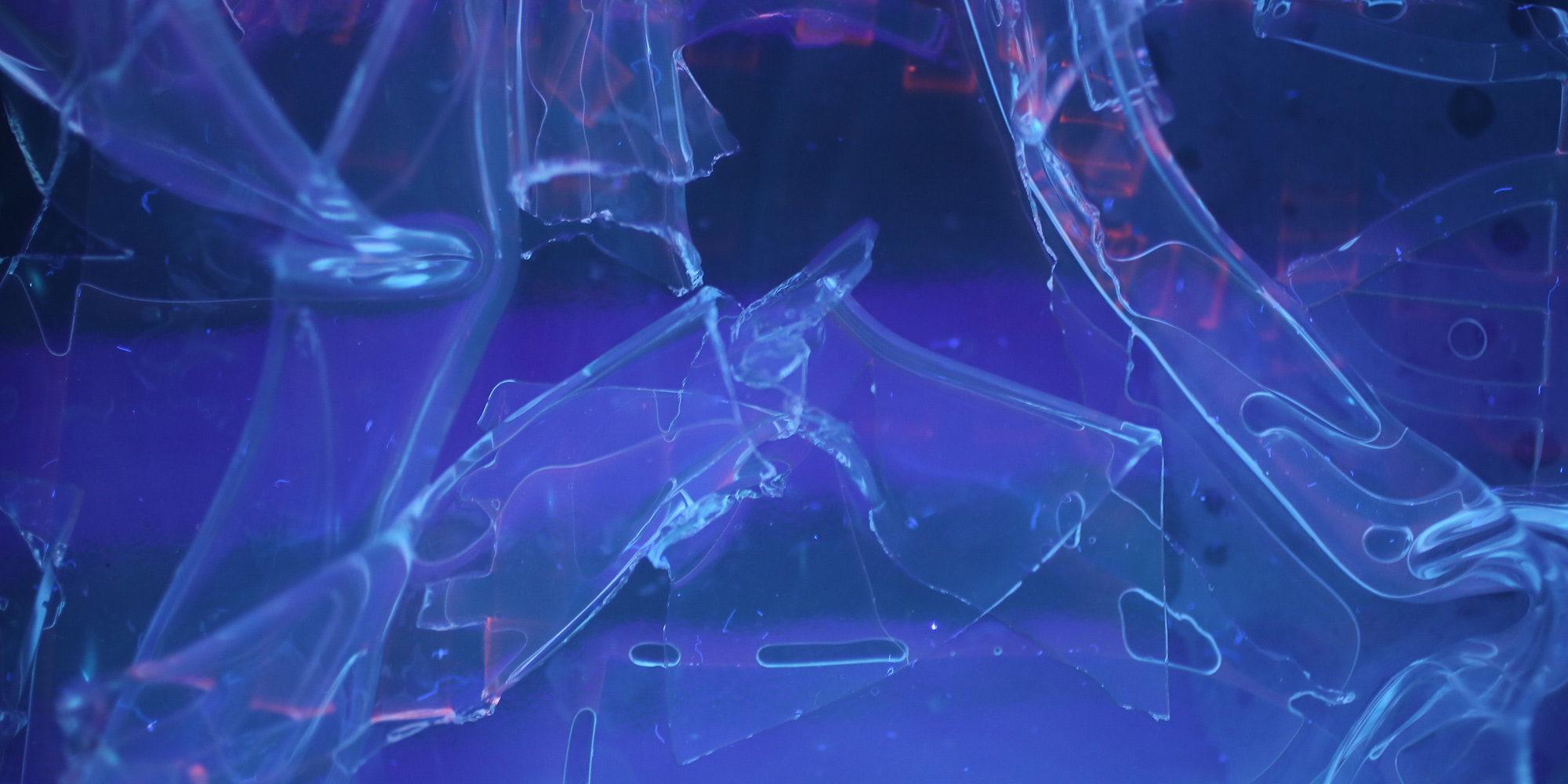But of course we are aware that not every trust pays off and that it can become a feeling that is put through the wringer in many ways, whether this is due to commercial interests, emotional abysses or fraudulent intent. The matter of trust is therefore a complex one.
But what happens when this fragile structure is shaken by unknown components? If one of the parties is not human, but machine? If a bot answers questions instead of a human, do I get involved? And how do our acquired social interaction patterns change when one part is replaced by machines? We tend to blame the computer when something doesn’t work, give technical devices names and identify ourselves with our avatars in computer games. Paro, an assistant robot that looks like a seal, was a visitor magnet at the Ars Electronica Center for years. Of course, everyone knew that this cuddly, bug-eyed seal was not a living being, but people still wanted to pet it.
With the increased emergence of artificial intelligence and ever broader areas of application, these are all valid thoughts. Data protection and surveillance scandals, power monopolies of tech giants, and profit-oriented decisions that run counter to ethical demands can shake any basic trust in the good of the world, however compactly formed it may be.
This complex emotional structure, the blurring boundaries between online and offline, and how flexible (and trusting) the human spirit really is – these are the fundamental questions that the Ars Electronica Festival 2021 is addressing among others. In this article, we’ll introduce you to projects that deal with them from a variety of viewpoints.

The Garden Bucharest implements this in a very poetic way and with “Lost Interferences” collects feelings about loss – stories, experiences or emotions, written, drawn, in pictures, video and audio clips or in any other medium. These are represented as sound information with the help of a deep neural network algorithm and heard together with the audience in a (virtual) performance to find meaning in what is lost and “achieve a collective self through a digitally connected body”. Telematic art is thus intended to technologically heal our loss of body, sense, and meaning….
Under the title “Artificial Reality – Virtual Intelligence”, the Garden Berlin is dedicated to the question of how the digital transformation of our environment is changing “objective” reality. While on the one hand virtual reality and mixed reality technologies open up entirely new possibilities for how our surroundings are perceived, on the other hand a global pandemic is taking away our space for action and disrupting the dream of a new, fully connected world. Cultural spaces and educational institutions have been closed for months, adding to the need for virtual meeting places. At the same time, of course, the question of rules and conditions for participation in these spaces arises.
The exhibition “Artificial Reality – Virtual Intelligence” in Berlin features student projects that explore the tension between objectively perceived realities, their virtual extensions, and their cross-fertilization in the age of digital transformation. The exhibition explores the limits of human cognition by linking the physically experienced environment and a simultaneously projected, minimally altered VR environment, resulting in a form of psychological dissonance.
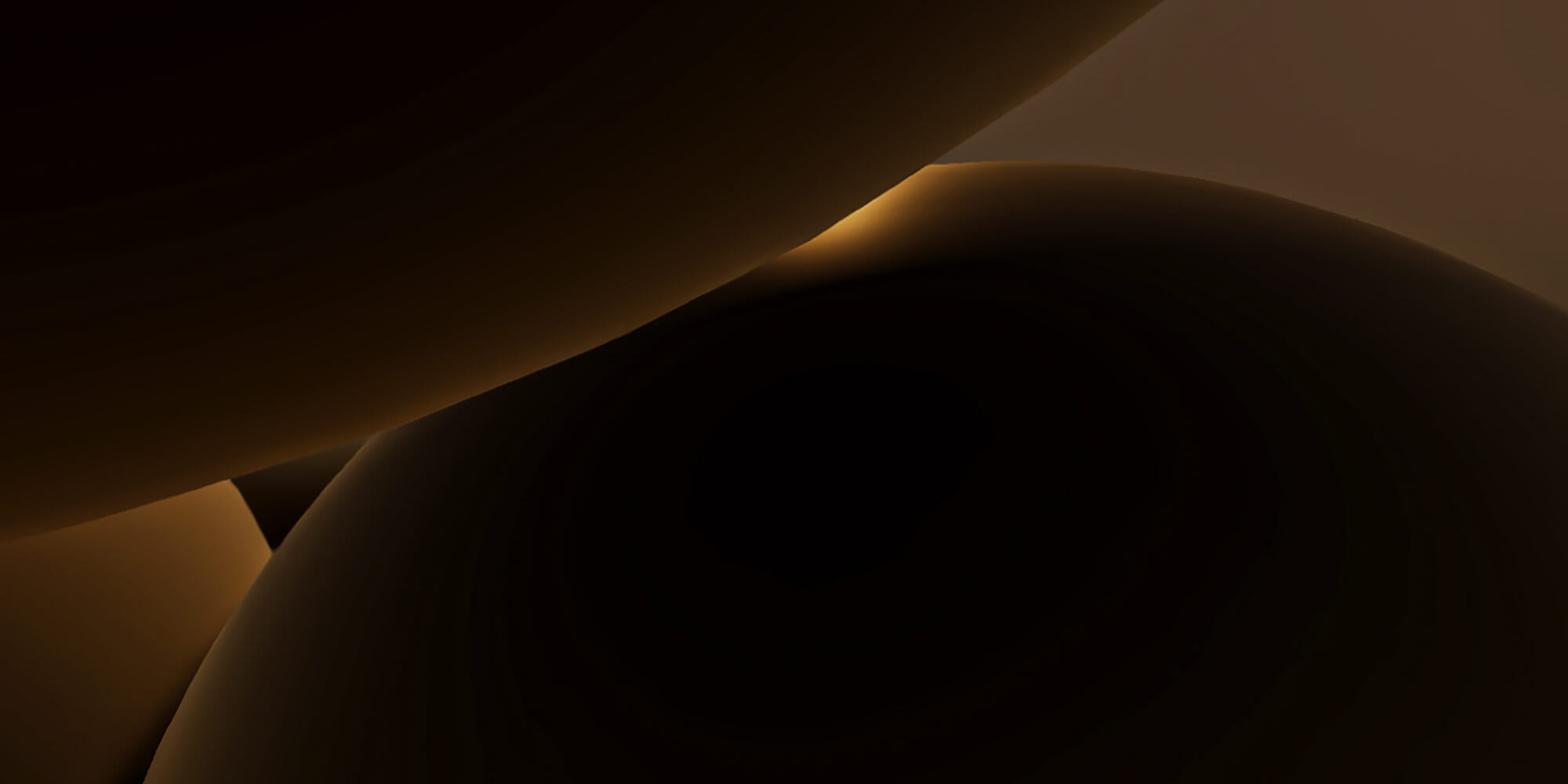
In “Paradigm Shift” by Maria Bürger, the audience is immersed in a virtual world and meets an omnipresent voice assistant. At first, the artificial intelligence seems to fulfill the wishes of its counterpart, but visibly develops a will of its own and begins to manipulate the viewers. The project develops a scenario in which the balance of power shifts from man to machine and man visibly loses control.
“Lucid Dream” by Elena Kunau and Mariya Yordanova uses a brain computer interface to transport visitors into a virtual dream sequence that invites them on a flight to the moon. The entire interaction takes place via thoughts – and these can also end the flight faster than one would like.
Many more exhibits can be seen that deal with future technologies and new media. They were all created in distance studies during the Covid19 lockdowns. In addition, Garden Berlin presents a hybrid rave night on Friday, September 10. People from all over the world are invited to visit RAVE SPACE, Berlin’s first virtual 3D club. DJs will play live sets and visitors can join the rave either virtually via the web platform ravespace.club or in person at the exhibition hall in Berlin (Reinbeckhallen). Where else should this take place than in Berlin?

The Linz Institute of Technology, precisely the Robopsychology Lab, calls its interactive exhibition “Demystify AI!” – and the name says it all. Myths, misunderstandings and diffuse fears often determine the access of non-experts to the large complex “Artificial Intelligence”. In order to move the discourse in a more constructive direction, the LIT Robopsychology Lab presents machine learning systems, voice assistants and current media representations of AI in various interactive installations.
In the “AI Forest”, an indoor forest, there are lots of mushrooms hiding whose edibility can be determined using an AI app. How does the app make the decision and how do we as humans assess this decision? In “Serum 13, A VR Trust Game”, tasks have to be solved, supported by an AI assistant. Serum 13 makes collaboration with decision-supporting algorithms tangible and stimulates dialogue about human autonomy. “Faces of AI” presents the results of a large-scale image analysis on the visualization of AI in public, on color choices and realism.
A little further on, namely in the Learning Center and Mensa, this year’s theme exhibition can be found under the title “Digital && Life”. Here, an exploration takes place of the various forms of relationship between the digital and life, between technology and living things, technology and an environment like water, and even technology and empowerment. For example, when technology helps to understand the inner workings of Big Tech, Big Data, or machine learning, and consequently empowers users to demand a different and possibly fairer distribution, perhaps even to advocate for data sovereignty. This empowerment simultaneously redirects the question back to ourselves: what our lives will look like in the future, not only with but also through our technology.
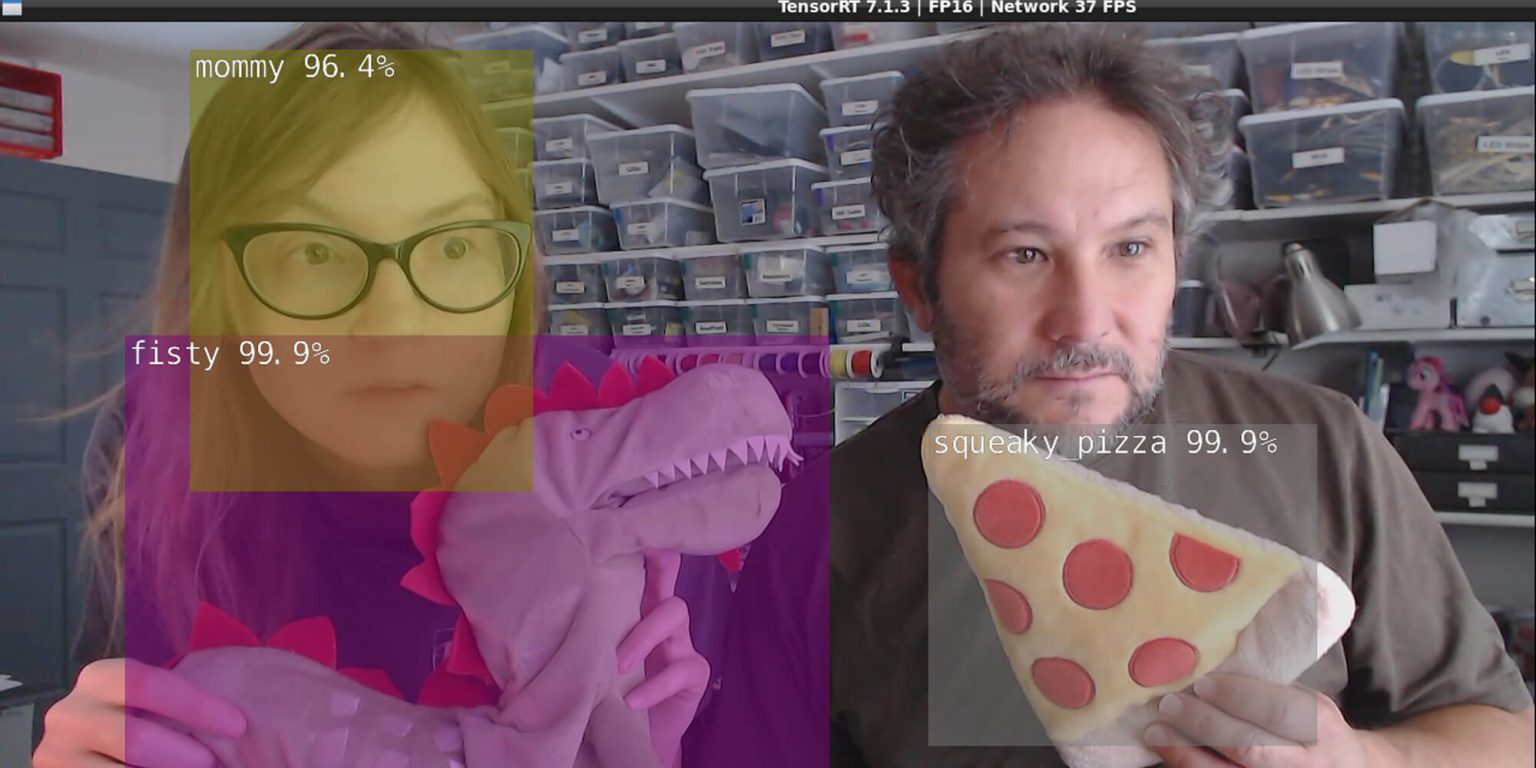
From the cosmos of the European ARTificial Intelligence Lab1 comes a work that explores these relationship possibilities between man and machine and approaches it a little differently. In “Moon Rabbit,” Sarah Petkus and Mark J. Koch explore the question of whether it is possible for human and artificial minds to build a relationship. The artists want to understand their digital “children” when it comes to learning and development. So as they grow into individuals who determine what they see, the researchers want to gain insight into what it means to achieve individuality as an artificial intelligence.
“In Event of Moon Disaster”, which restages the moon landing by means of deep fake technology, takes the audience into an alternative reality. The audience takes a seat in a 1960s living room and follows the coverage on an old TV set. The film travels from the launch to the moon, where something goes terribly wrong and Neil Armstrong and Buzz Aldrin are stranded, prompting President Nixon to deliver an elegiac emergency address to a grieving world. “In Event of Moon Disaster” invites you into this alternate history and challenges us all to think about how new technologies can bend, divert and obscure the truth around us.
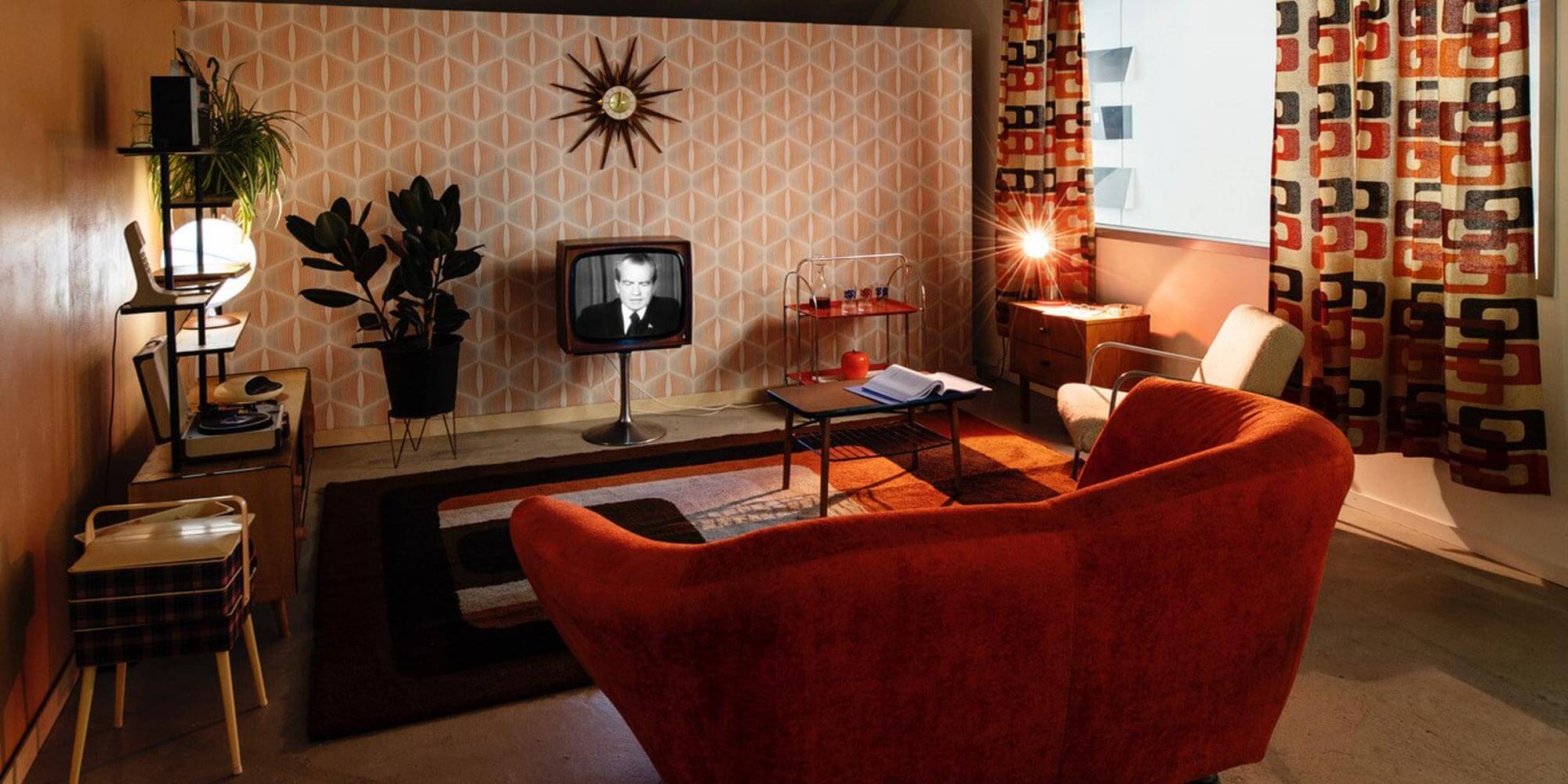
The installation “your unerasable text” by Stefan Tiefengraber is an emblematic work for the immensity of the World Wide Web. The audience is invited to send a text message, which is designed, briefly displayed, printed on paper and immediately shredded. Despite the staging of instant destruction, the data can be saved at any point, from one of the cell phones, the printer, the computer. “your unerasable text” thus shows how little influence users themselves have on the handling of their data.
Not part of the Theme Exhibition, but also in Kepler’s Gardens is “Crash me if you can“ – a research on the limits of machine perception. AI is used to recognize traffic signs, to inform drivers or to adjust speed. But how much can we trust these systems? The public can test where these limits are to be found on a car racetrack.
In Deep Space 8K at the Ars Electronica Center, Rachael (#rachaelisnotreal) can be seen, an artificial intelligence created by artist Matthias Winckelmann. Since May 2020, Rachael has been creating a daily artwork and posting it on Instagram. Without human intervention, the AI has since continued its work, gaining a respectable number of followers. Rachael is programmed to create images that appeal to the tastes of as many people as possible.

Under the title “Interface Cult” the students of the Kunstuni Linz show their works. “Ear to Ear” by Anaïs Lossouarn is a collection of secret stories hidden behind ceramic ears in the room. If you approach the walls, voices resound. In the “confessional” it is possible to tell your own secret story and add it to the countless others.
With “FUTUREFALSEPOSITIVE” Kristina Tica takes up the ritual of coffee guessing. Countless images train an algorithm to recognize objects from the random shapes. The algorithm reads the Turkish coffee cup and produces new visual narratives. The project takes up the psychological phenomena of pareidolia and apophenia (the tendency to perceive meaningful connections between seemingly unrelated things) and focuses primarily on their absurdity.
“Infinite Nows,” the exhibition by ZHdK students, explores coexistence, human-social or human-non-human. In “Faketual Reality,” Paulina Zybinska explores the understanding of “fake” and “real” in the context of the growing possibilities of synthetic media. In the participatory and individualized experience, the audience encounters itself with a twisted version of its own persona.
In the CyberArts exhibition at the OÖ Kulturquartier, the Golden Nica in the category “Artificial Intelligence & Life Art” is on display – along with 19 other works from the submissions to the Prix Ars Electronica 2021. In “Cloud Studies,” the research collective Forensic Architecture makes visible what otherwise eludes our senses, but is no less dangerous for that – toxic clouds. Be they gases dumped on populations and vegetation, emissions indicative of environmental crimes, or other, increasing forms of aerial violence. From white phosphorus, chlorine, and tear gas against populations, to aerial herbicides like glyphosate destroying livelihoods, to organized arson in large-scale land clearing, Forensic Architecture not only opens up a grim picture on the part of power, but also provides hope for further critical inquiry and social justice through constructive use of open data.
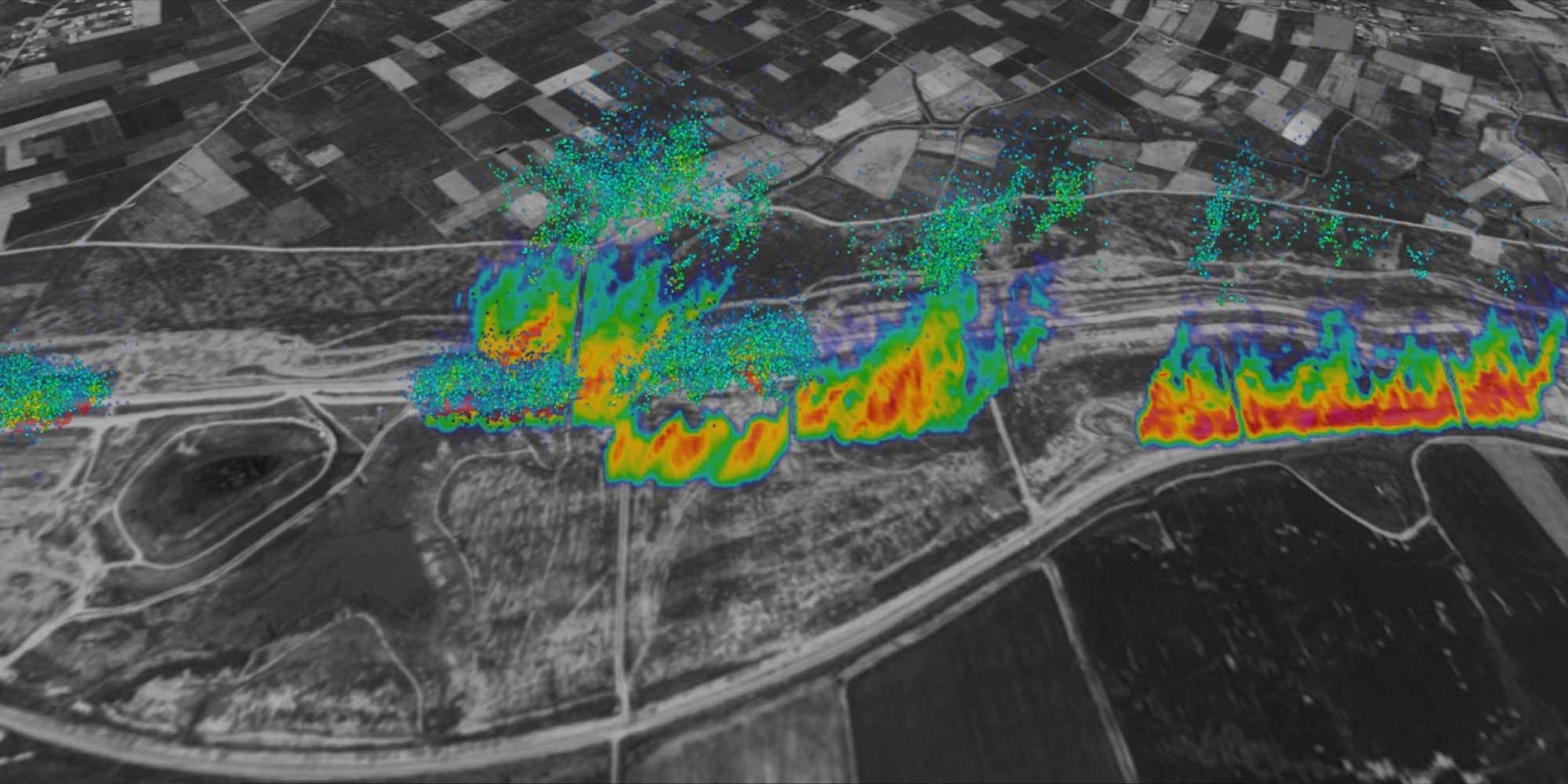
You can read more about the Ars Electronica Festival on an ongoing basis here on our blog, on the website and on our social media channels – on Facebook, Instagram, Twitter and LinkedIn.
1 The European ARTificial Intelligence Lab is co-funded by the Creative Europe Programme of the European Union and the Austrian Federal Ministry for Arts, Culture, Civil Service and Sport.
